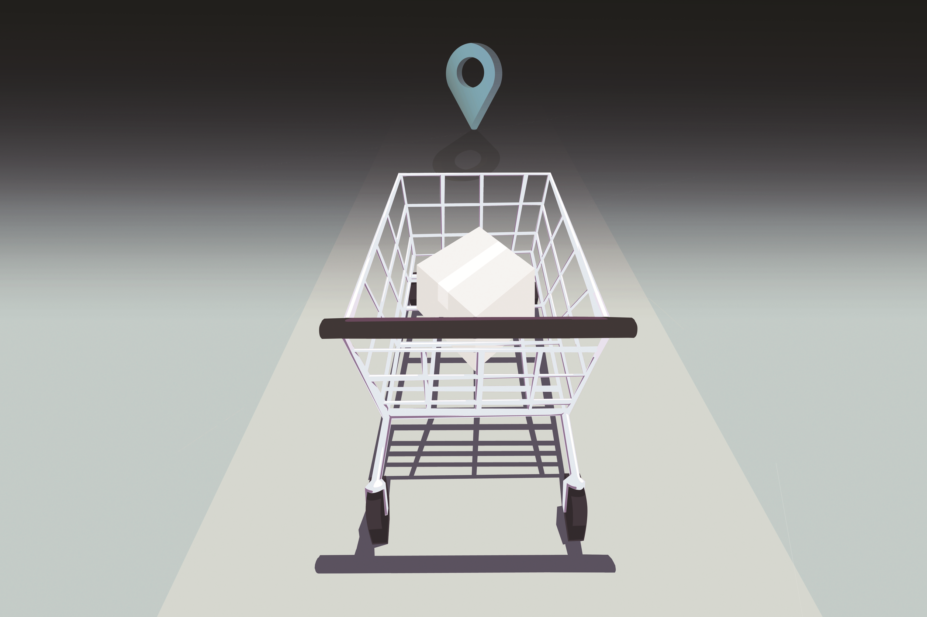
JL / Shutterstock.com
Yes: Distance dispensing risks patients’ health
Mark Pitt, director of defence services, Pharmacists’ Defence Association
Distance-selling pharmacies will have a place in care, provided that patients’ experiences of them mirror those of the contact they would have in person, and provided that the companies are subject to regulatory safeguards that ensure that using an online dispensary is as safe as going to a bricks and mortar community pharmacy.
But until then, patients’ health is at risk from online pharmacies. When dealing with an online dispenser, there is no requirement for a video consultation, so the pharmacist may fail to see the warning signs, body language and other signals usually visible in face-to-face interactions. Pharmacists may not be alerted to patient safeguarding issues or other health problems that would otherwise be detected, such as an underlying health issue, side effect or the worsening of an existing condition.
How do patients deal with a dispensing error or complaint if the pharmacy is hundreds of miles away? There would be almost inevitable delays in getting the medicine replaced with a correctly dispensed alternative. Many online dispensers also have prescribing arms and the online prescriber may not necessarily be UK-registered — in the event of patient harm, patients may struggle to hold the prescriber to account and have their concerns addressed.
A further risk is that patients may not consent to their information being shared with their GP or regular prescriber, which could mean that their regular healthcare professional is hindered in managing that patient’s care. There are also issues with the safety, security, confidentiality and reliability of using ordinary postal delivery services for medicines, although these can be mitigated by having delivery drivers with pharmacy-based training who are in regular contact with the pharmacy.
There are fears that online dispensers cannot match the levels of safety achieved in the bricks-and-mortar setting. Indeed, in 2017, the Care Quality Commission suspended one company and issued warnings to three others who were required to make improvements to their services as they were putting patient safety at risk. Previously, in 2015, online pharmacy Pharmacy2U was fined for selling the data of more than 20,000 of its patients without their consent.
If online pharmacies can ensure patients’ safety and confidentiality, this puts the community pharmacy infrastructure at risk. And once the infrastructure is gone, it’s gone. The government needs to be cautious as the network is already fragile since cuts to its funding were announced in 2015.
Community pharmacy has fostered a role as a supplier of medicines for its users. As a result, some patients may treat medicines as ordinary items of commerce, with little awareness of the risks posed by medicines and the benefits that pharmaceutical care — delivered by their local pharmacy — can bring to their overall health. We must not lose the pharmacist from the community.
Online dispensing will continue to grow, but online pharmacies must operate safely and we must retain an effective network of physical community pharmacies.
No: New technology offers a chance to revamp community pharmacy
Mark Robinson, pharmacy lead, NHS Alliance
Online dispensing is growing and some pharmacists see its advent as a threat, but it would be better to see it as an opportunity and a driver for change in community pharmacy. It’s time to take a more positive view. There is no doubt that there will be a continued need for bricks and mortar community pharmacy, but the current business model — of income driven mostly by dispensing — is unsustainable and safely operated online pharmacies could give traditional community pharmacy a chance to make a big difference to patient care.
With an online means of obtaining medicines anticipated to become more popular — and automated dispensing expected to grow— community pharmacy needs to think about delivering services and parcels of care. A shift to more prescriptions being ordered online and being dispensed away from community pharmacy will free pharmacists’ and technicians’ time and we must plan to use this time for profitable purpose and to the benefit of patients.
This opportunity to develop pharmacy comes against a background of increasing pressures in general practice and the formation of primary care networks (PCNs)— expanded multidisciplinary teams led by groups of local GP practices to cover up to 50,000 patients — which will be needed to deliver more services to their populations with a limited workforce. Patients are becoming more interested in their health and convenient healthcare services, and embracing technology will allow us to become networked with other providers and patients.
Community pharmacy should seize the opportunity that the rise of online dispensing affords, and work on improving four aspects: its premises — the pharmacy needs to look and feel more like a clinic than a shop; the access it provides to medicines — staff should consider becoming independent prescribers or increase their use of patient group directions; its access to diagnostics — community pharmacy should increase its ability to review and diagnose conditions with point-of-care diagnostics and other technologies; and, importantly, the expectations of its patients — people need to know what they can now get from their pharmacy, and pharmacy needs to go out and tell them.
Some pharmacies have already made a change towards service provision, perhaps starting with a single new service and then working up to create a range of services. Single pharmacies will continue to develop new services and others will start to learn from these. They will link diagnosis to the supply of medicines in a total parcel of care.
The biggest challenge will be in achieving consistency. PCNs will want to contract a group of unrelated pharmacies to deliver a consistent, high quality range of services, but variability has been a feature of community pharmacy-commissioned services in the past. We need a new age of cooperation, where neighbouring pharmacies cooperate rather than compete. Expertise will be shared across the blurred boundaries between general practice and community pharmacy, and access to medical records will become essential. Perhaps online pharmacies are just what community pharmacies in England need as stimulation to work together for change. We must act now if we are going to create a network of community pharmacies that do not rely on dispensing, but focus on delivering high quality services for patients.
- This article was amended on 29 July 2019 to correct the fact that the Care Quality Commission — not the General Pharmaceutical Council — suspended one company and issued warnings to three others in 2017.


